As Paris gears up to host the 2024 Olympic Games, one building has captured the public’s imagination – the state-of-the-art Aquatics Centre. One hundred years after last hosting the Olympics, the French capital is pulling out all the stops to create an unforgettable experience for athletes and spectators alike. At the heart of these efforts is the Aquatics Centre, the only permanent new building constructed for the 2024 Games. Designed by the acclaimed architecture firms VenhoevenCS and Ateliers 2/3/4/, the building is a marvel of innovative, eco-friendly design that promises to leave a lasting legacy for the local community.
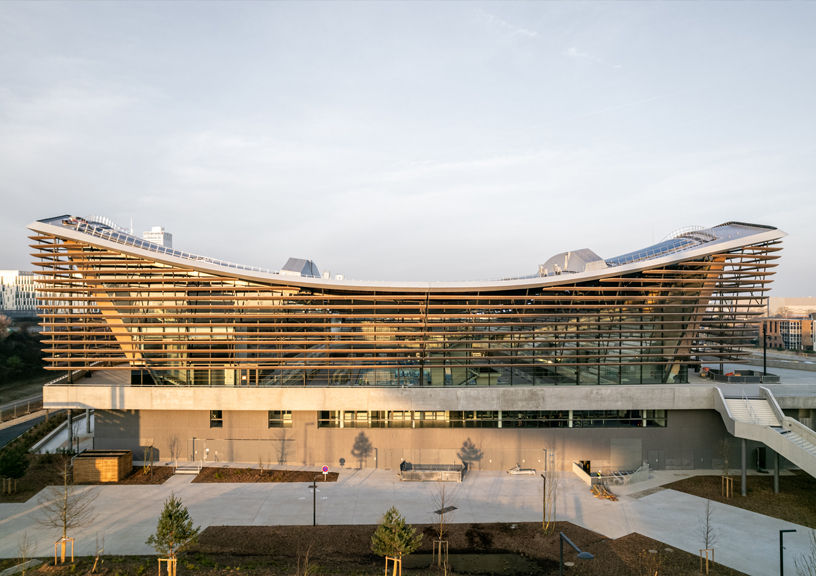
“We are thrilled to see our design come to life,” said lead architects Cécilia Gross and Laure Mériaud. “The Aquatics Centre is not just a venue for the Games – it’s a celebration of sustainability, community, and the transformative power of sport.” The project has already garnered significant acclaim, winning the prestigious Le Grand Prix du Grand Paris 2023 and the Grand Prix BIM d’Or. During the Olympics, it will host the diving, synchronized swimming, and water polo events. But the building’s legacy extends far beyond the Games.
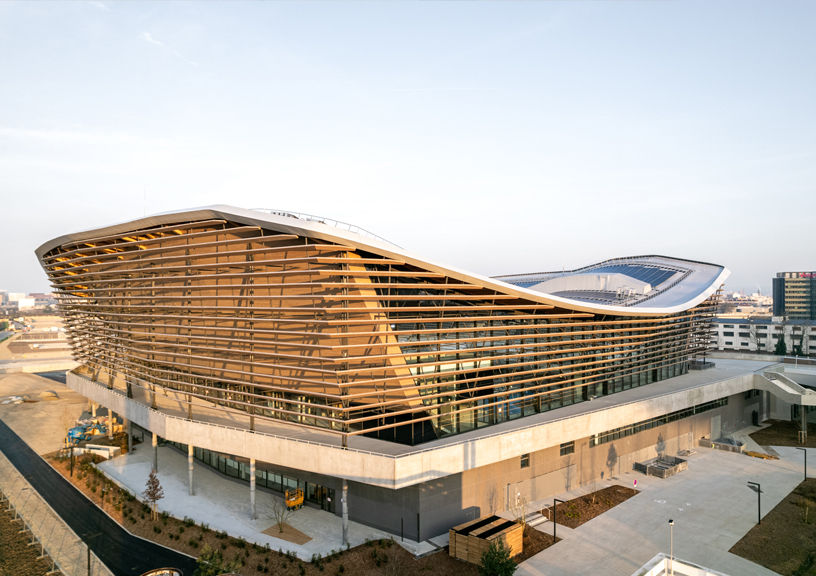
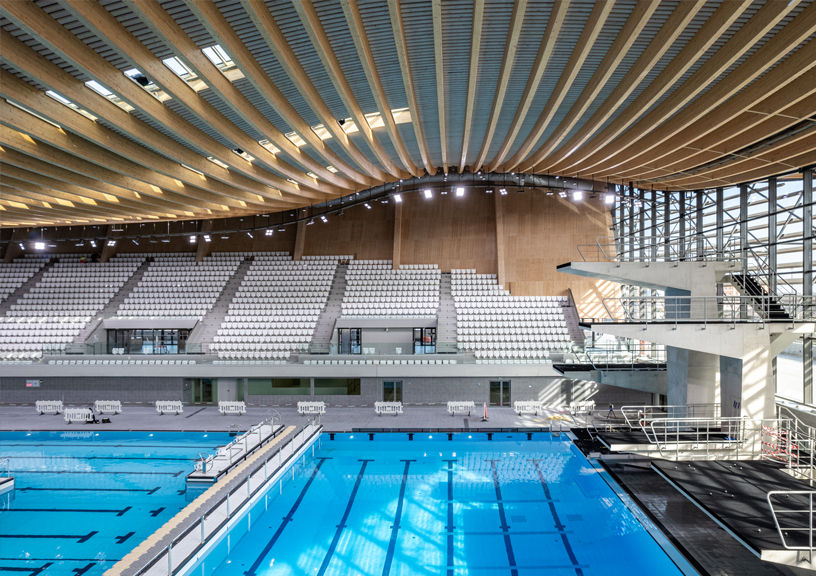
After the closing ceremony, the Aquatics Centre will be repurposed as a state-of-the-art training facility for Paralympic athletes. It will then become a hub for various community sports, fulfilling a key part of the Paris 2024 vision – to create lasting benefits for the people of Saint-Denis and the wider metropolitan region. Sustainability is at the heart of the Aquatics Centre’s design. The main structure is made from wood, a renewable and carbon-storing material. The roof features a vast solar array that will provide 20% of the building’s electricity needs, with all the generated power used on-site.
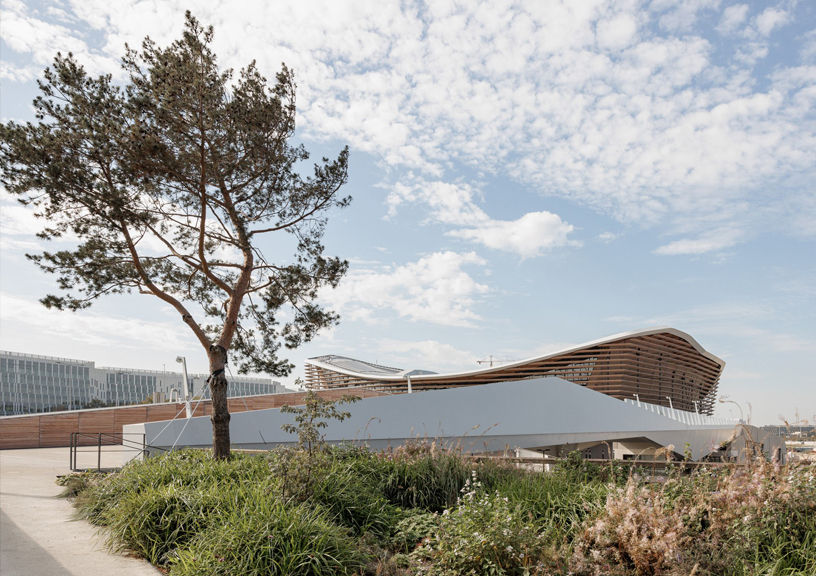
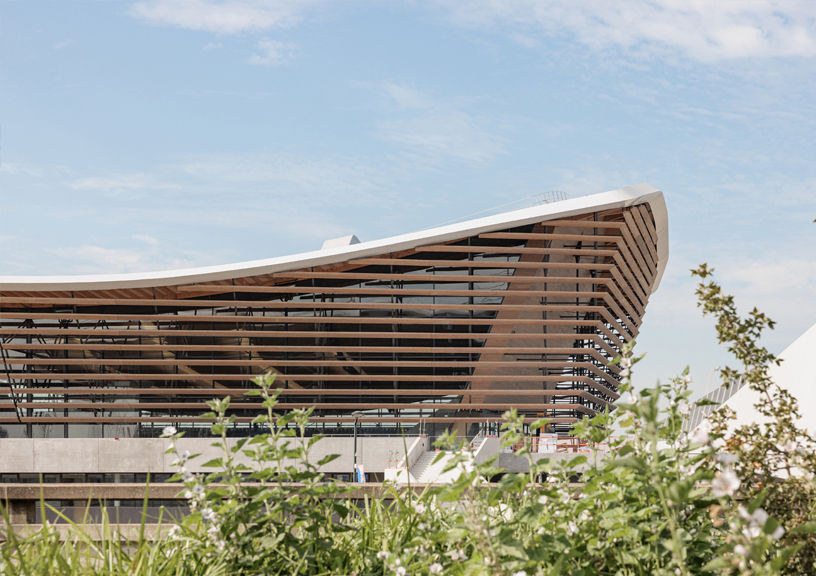
Energy-efficient technologies and systems have been implemented throughout, reducing the facility’s environmental impact. Even the spectator seating is made from 100% recycled plastic collected from the local community. “This building goes beyond just meeting environmental regulations,” said Gross. “Sustainability and biodiversity are woven into every aspect of the design. It’s a true model for the future of sports infrastructure.”
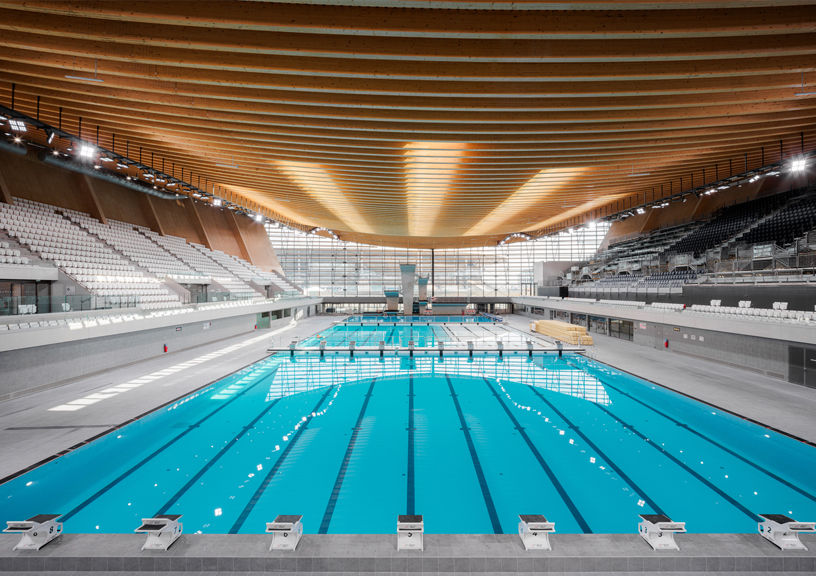
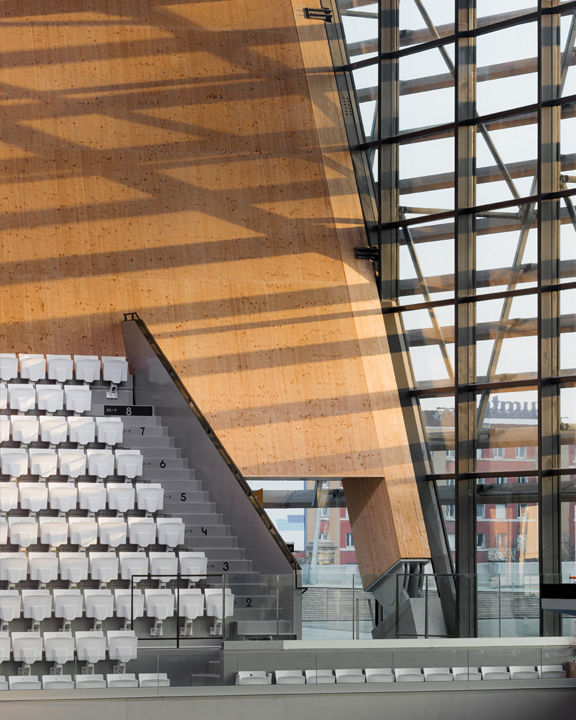
The Aquatics Centre is also seamlessly integrated into its surroundings, with a new pedestrian bridge connecting it to the Stade de France and the emerging eco-neighborhood of La Plaine Saulnier. Abundant vegetation, including 100 new trees and shrubs, will create a lush, nature-filled setting that enhances the wellbeing of both athletes and the local community. “The Aquatics Centre is not just a world-class sporting venue,” said Mériaud. “It’s a place that brings people together, improves the quality of life, and leaves a lasting positive impact on the neighborhood. That’s the true legacy we hope to create.”
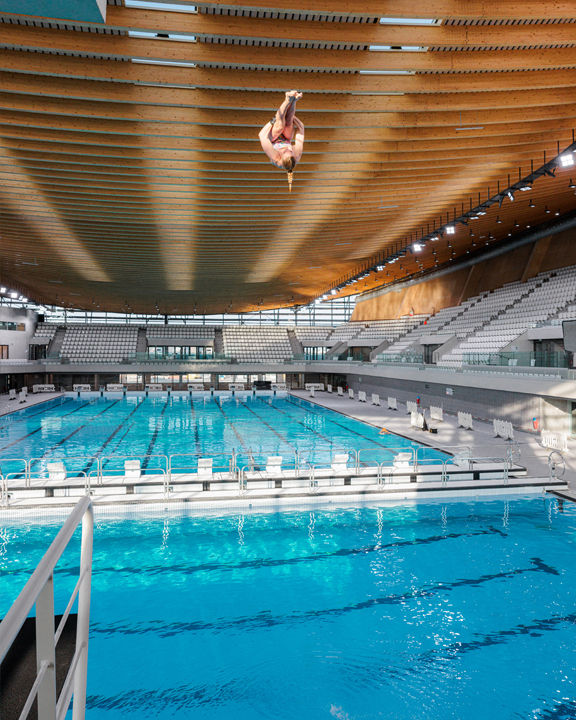
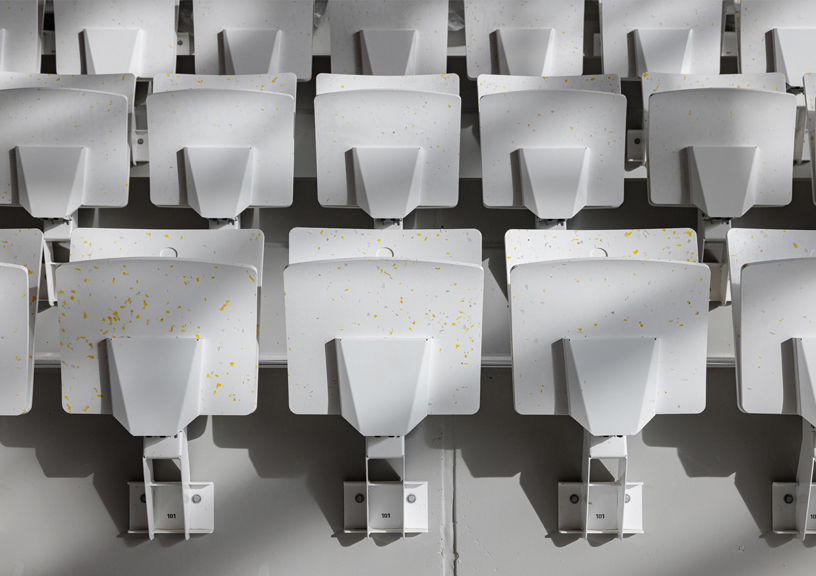
As the countdown to the 2024 Games continues, the Aquatics Centre stands as a shining example of how to host the Olympics in a sustainable, community-focused way. It’s a vision of the future that is sure to inspire athletes and spectators alike.
